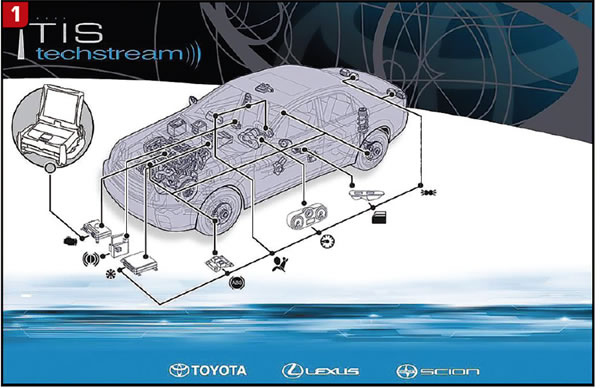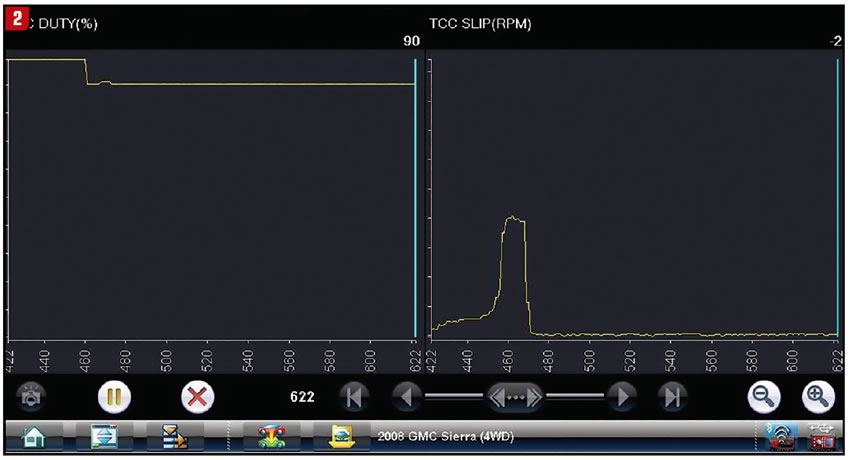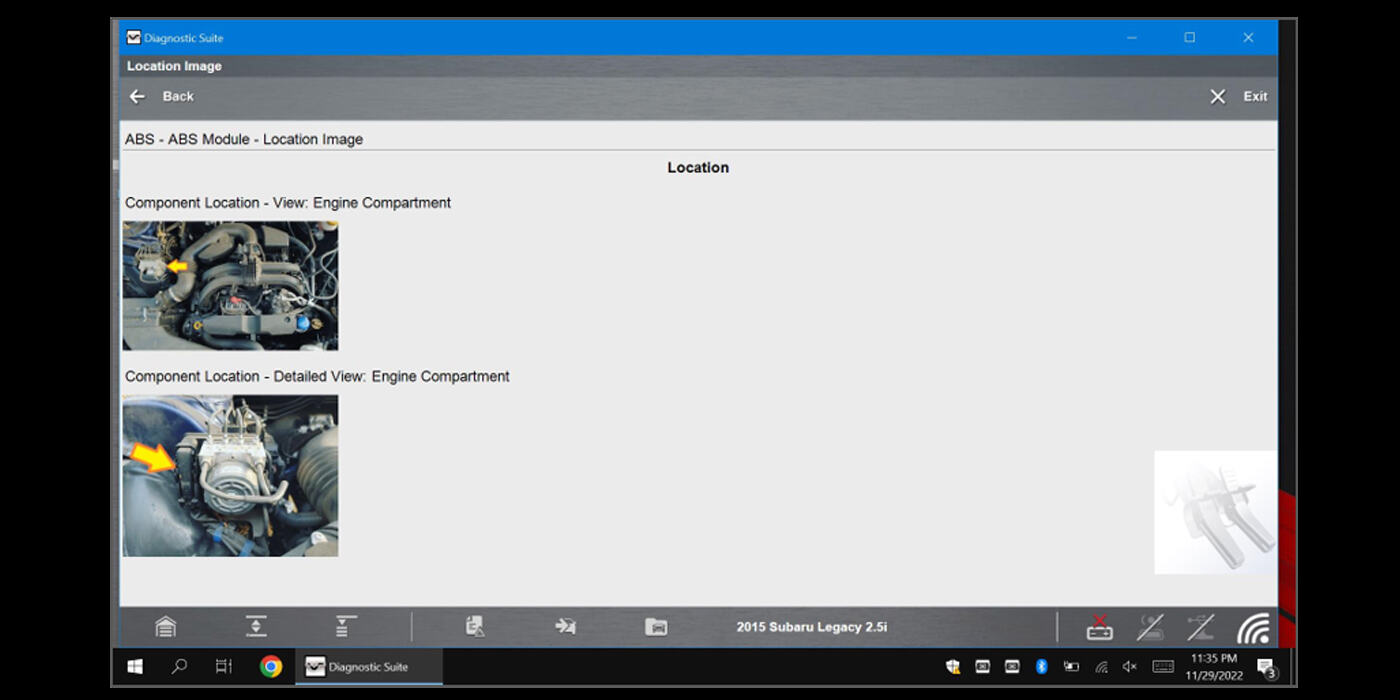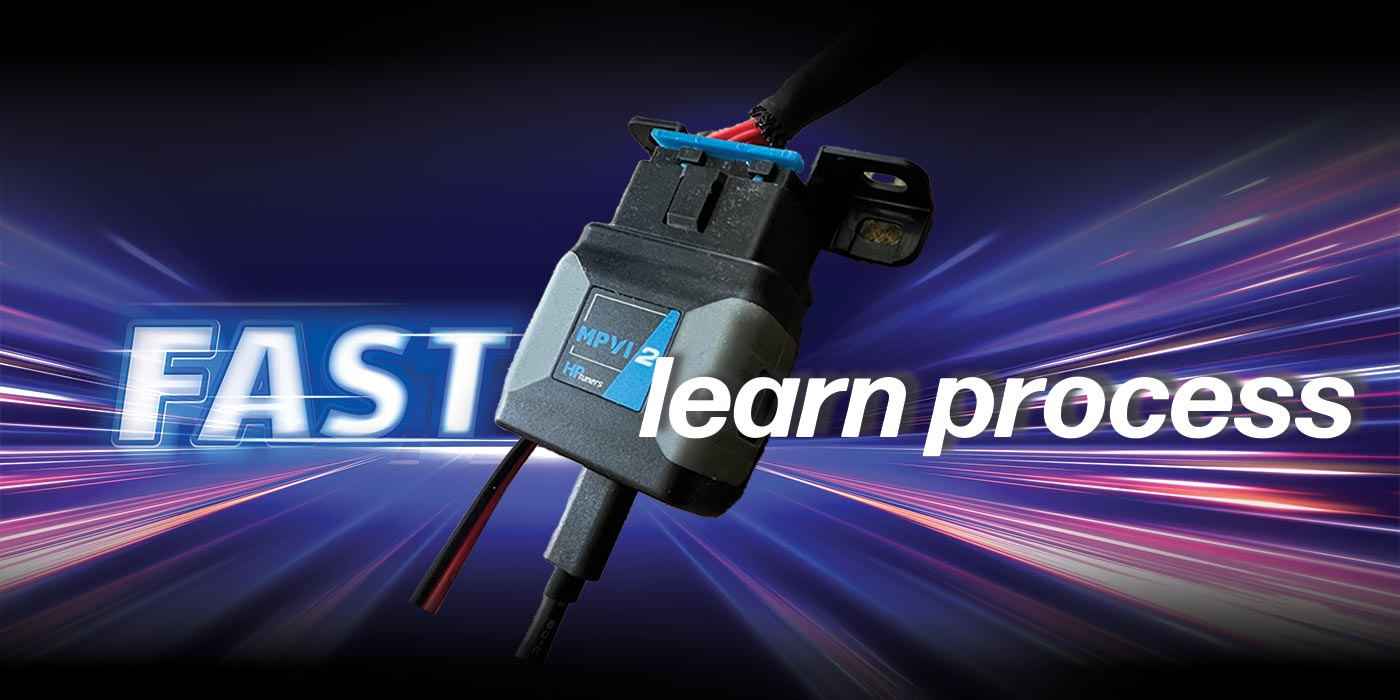
R&R Tech
- Author: Daniel Skinner
- Subject Matter: Use research in diagnosis
- Issues: U660E, 2-3 shift flare; 4L60-E, shudder
When diagnosing today’s complex vehicles, we have a wealth of information at our disposal. How we use that information is crucial in making the correct diagnosis the first time, every time. In some cases the diagnosis may be cut and dry (fluid is burnt, the pump is whining, and the vehicle will not move). In other cases, the diagnosis may not be as easy, or worse; we may “think” or “assume” we already know the problem.
One of the most useful yet easily overlooked pieces of information is the use of TSBs. Unless it is a “cut and dried” diagnosis, referring to TSBs should be routine in your everyday diagnostic practices. I cannot begin to count the number of times this has helped me by pointing me in the right direction, and even kept me from making the wrong diagnosis completely.
2-3 shift flare when cold
A perfect example of this came into the shop recently: The vehicle was a 2007 Toyota Camry with a U660E transmission. The customer’s complaint was that the car had a 2-3 shift flare when cold. I was able to perform our initial evaluation about an hour after the vehicle was dropped off. When road testing the car, I felt NO 2-3 shift flare. In fact, the transmission seemed to work flawlessly. There were no DTCs and the fluid looked brand new. My next step was to let the car set overnight. Upon driving the car the next morning, the 2-3 flare finally showed itself, but only on the first two 2-3 shift cycles, and within a mile the shifts were back to normal.
I continued with the evaluation by conducting a battery/charging system test, voltage drop test on the ground side of the system, undercar inspection, and a more thorough inspection of the engine compartment, looking at wire harness routing and see if I could tell if any previous work had been performed. I then let the car set outside and cool back off for the rest of the day. Just before close, I took the car out once more and reconfirmed the same symptom of a 2-3 flare on cold startup/driving.

At this point, I am assuming there is an internal mechanical transmission problem occurring. A five minute search of TSBs quickly changed my mind. Toyota TSB TC007-07 describes possible shift flares on 2nd to 3rd and/or 4th to 5th within the first 10 minutes of operation. A TCM reflash is advised by Toyota to resolve the condition.
After updating the TCM calibration through Toyota’s TIS Techstream (Figure 1) and performing the shift re-learn procedures, I let the car cold soak overnight. The next morning’s test drive resulted in perfect shifts. The 2-3 upshift flare was gone and everything was working well. Just to be safe, I let the car cold soak two more times; each time the transmission worked flawlessly. Needless to say, the customer was elated when he found out he did not have to replace the transmission.

Shudders at steady speed
Another good example was on a 2008 GMC Sierra 1500 4×4 with a 4L60E transmission. The customer complaint was, “shudders on the highway while maintaining speed.” While I was test driving the truck, I observed a fairly harsh vibration when the converter was in lockup, and ONLY while maintaining speed. If I accelerated or decelerated, the vibration disappeared. Upon further investigation, I noticed that the vibration was only occurring during the application of active fuel management (AFM).
When I returned to the shop, I did a quick search of TSBs. Entering the vehicle information in both ALLDATA and Mitchell did not reveal anything that matched the vehicles issue. At this point I could have gone forward diagnosing blindly, but something was telling me to keep looking. I don’t know why, but I must have had one of those gut-instinct things going on, so I kept searching and, lo and behold, I found what I was looking for: GM bulletin (PIP4371A) regarding harsh TCC vibration in active fuel management V4 mode.

This bulletin states that TCC slip should NOT remain at “0” when applied but should increase to 20 rpm or greater. If TCC slip remains at zero rpm, this indicates a problem with regulator apply valve (380). A second test drive, while monitoring TCC slip, proved this to be the problem. TCC slip was at zero (Figure 2), not allowing a “cushioning” effect to damp vibrations caused by cylinder deactivation in active fuel management V4 mode. Now this is not technically a “TSB”; it is an unpublished bulletin from GM referred to as “Preliminary Information” that, as far as I know, is only available with a paid subscription to AC Delco TDS Service Information website, but it can be found on Identifix also.

The customer elected to replace the transmission as advised, and the vibration was no longer present after the unit was replaced. In this case, I was able to pinpoint the exact problem by simply doing a little bit of searching and using a scan tool.
Research saves time
These are just two examples of how TSBs have assisted me. I incorporated a TSB search into my diagnosis routine several years ago. I cannot begin to count the times that it has helped me. In many cases, the manufacturer has done the hard work for us, especially regarding odd problems, or problems we have not yet seen on later model vehicles.
In our business, the saying “time is money” is heard over and over again. Either of the two vehicles I have discussed here could have taken hours of driving, speculating, and even major disassembly just to pinpoint the problem. That is usually a very difficult sell to a customer. In both of these cases I spent no more than 30 minutes searching, finding, and verifying what I was looking for. None of us know all the answers, but there are vast resources for us to access. The correct utilization of the information we have available to us separates us as professionals. It also creates loyal customers who are confident in our professional abilities.














